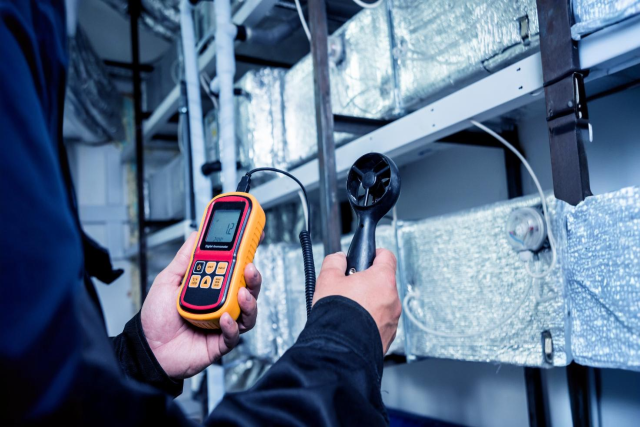
Due to technology, modern cities are being designed for sustainability, safety, and efficiency: a breathtaking transformation for urban living. The issue of public health is continuing to become vital to people’s well-being. Fortunately, the technological advancements with smart city gas sensors are promising for constantly measuring the external air quality. The gas sensor industry was valued at $2.8 billion in 2022, and the compound annual growth rate from 2023 to 2030 is anticipated to be over 10%. As pollution levels continue to worsen, air quality monitoring sensors are becoming crucial components of smart infrastructure dedicated to pollution control as well as responsive urban planning.
Smart Technology for Smart Cities: Gas Sensors for Monitoring City Pollution
Harmful gases emitted into the atmosphere via vehicles, planes, and industrial factories are the causes of urban air pollution, which has detrimental health effects. Smart city gas sensors track harmful pollutants such as CO, NOₓ, SO₂, and VOCs and rely on real-time measurement to monitor air. Other cities like Beijing and Los Angeles implement the use of mobile apps to notify their residents of air conditions and adjust their daily activities accordingly.
Applications in Traffic, Industry, and Indoor Air Quality
Traffic Management
Vehicle exhaust emissions are a great concern in urban areas. With pollution sensors set up in critical parts of the city like London, real-time congestion data is collected, allowing the city to use dynamically controlled congestion pricing, which motivates the use of cleaner forms of transport.
Industrial Emissions Control
The contribution of industries to air quality degradation is alarmingly high. Compliance with regulations is done through smart city gas sensors in the industrial area. The city of Houston, Texas, employs sensor networks to capture emissions from facilities that have not been authorized to release them, which makes it easier to act quickly in protecting the environment.
Indoor Air Quality Monitoring
Pollution indoors has significant impacts on health and productivity. IoT-based gas sensors located in buildings, educational facilities, and hospitals help to ensure air at all places is kept at appropriate quality. In Singapore, smart ventilation systems are controlled by sensors that monitor the level of particulate matter in the air.
Developments in Smart Gas Detection
Recently, new technologies have improved the methods of controlling pollution using infrastructure such as Building Integrated Nanotechnology Sensors, Artificial Intelligence Analytical Systems, and Blockchain Technologies Systems. Ultra-sensitive MIT gas sensors help in the early detection of pollutants, while AI analytical systems facilitate proactive measures by predicting the dynamic tendencies of air quality.
The Future of Gas Sensors in Smart Cities
Gas sensors for smart cities will be one of the components of the strategy for sustainability management of rapidly growing urban centers. There is a need for concerted action by government and industry to place IoT-based gas sensors in various strategic outdoor locations so that monitoring of air quality is done comprehensively.
Smart infrastructure pollution control may provide cleaner air, healthier communities, and resilient cities and greatly reduce urban disaster consequences. These developments are beneficial for the protection of nature and the creation of a smarter, greener city.







